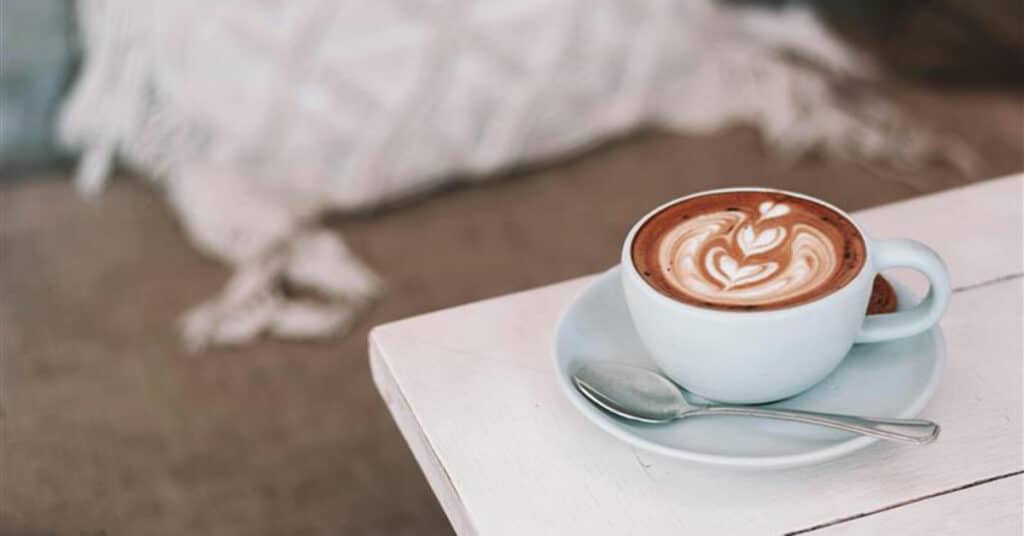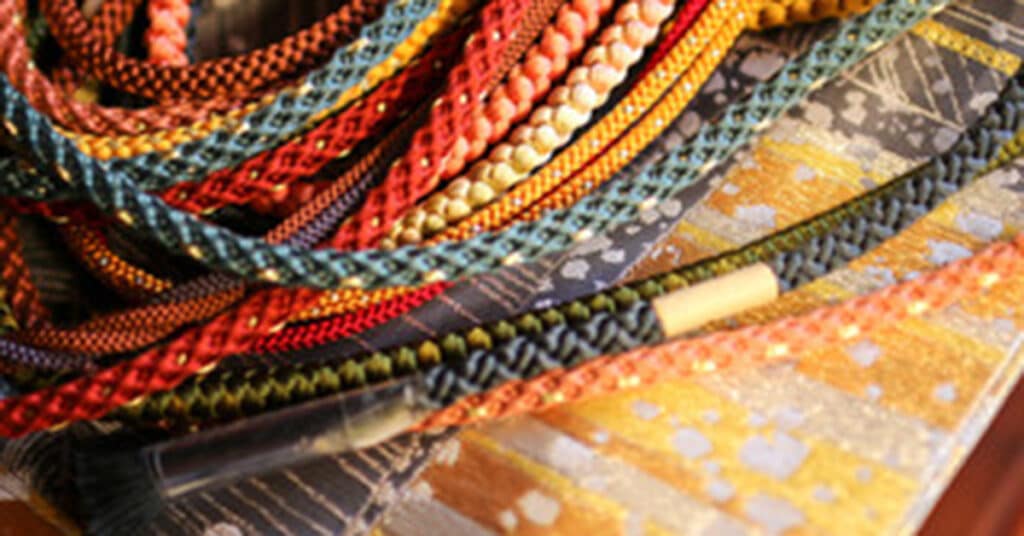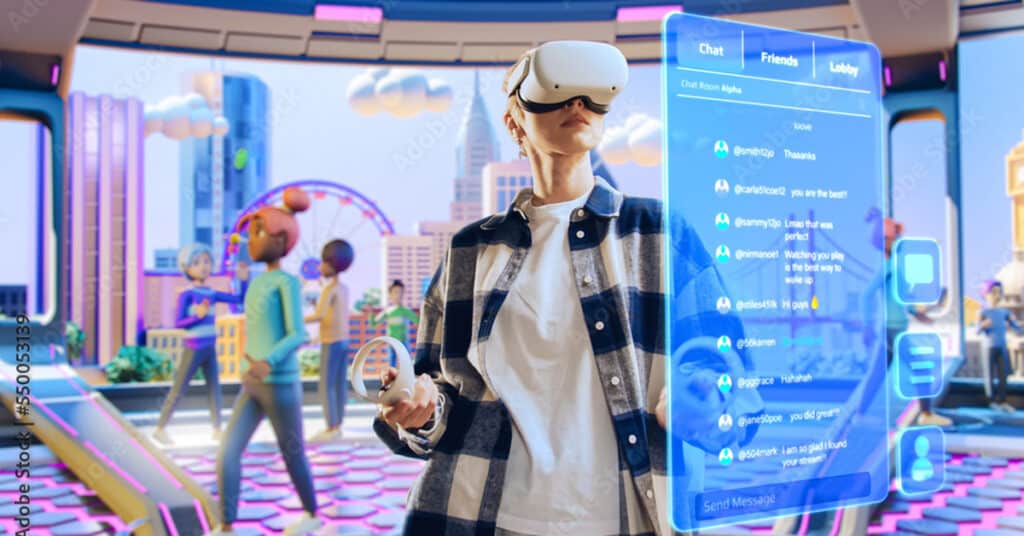A New Wave: Cafés and Restaurants Curated by Luxury Brands
In recent years, renowned luxury brands such as Hermès, GUCCI, and Tiffany have increasingly opened cafés and restaurants.
In this article, we explore why luxury brands are entering the F&B industry and what’s driving this movement.
Recent Trends Among Luxury Brands
Overseas, brands like FENDI and Armani have launched hotels, while in Japan, Bulgari Hotel Tokyo opened in 2023. These spaces allow guests to enjoy the brand’s worldview, offering a unique experience distinct from traditional luxury hotels and becoming aspirational destinations for consumers.
Today’s consumers are shifting from material consumption to experiential consumption—seeking intangible values like experiences, emotions, and empathy.
Following this hotel trend, cafés and restaurants have become essential venues where brands can express their identity through space and menu, allowing visitors to engage with the brand’s essence in a more familiar setting.
Expressing the Brand World Through All Five Senses
Luxury brand cafés and restaurants are meticulously designed to embody the brand’s aesthetic and worldview.
From interior design, tableware, and music to the cuisine itself, every detail reflects the brand’s unique philosophy.
For example, the world’s first café restaurant by a luxury brand located in Shinsaibashi, Osaka, features a serene design in line with the brand’s identity.
The second branch, in Tokyo’s Ginza district, is characterized by a fresh and vibrant design inspired by the building’s exterior, offering a different take on the brand experience.
At both locations, signature brand products are displayed at the entrance as part of the décor, while elements like napkin holders and latte art feature the brand’s iconic designs.
These thoughtful touches elevate the sense of luxury and reinforce the brand’s presence throughout the customer experience.
AMI PARIS also opened “LE CAFÉ AMI” as a limited-time pop-up on Omotesando.
The first floor served as a dine-in area where guests could enjoy the AMI PARIS brand world, while the second floor offered branded merchandise.
The space served not only as a café, but as a deeper brand experience, strengthening emotional connection with the brand.
If a Brand Café or Restaurant Catches Your Eye, Be Sure to Visit
Luxury-brand cafés, restaurants, and hotels provide an approachable way to experience a brand’s world.
While entering a high-end boutique may feel intimidating, these cafés and restaurants can offer a gentler entry point into the brand.
We hope these unique spaces inspire you to visit a physical store and enjoy the brand’s universe firsthand.
GARDE Design Magazine provides project portfolio, trends in architecture, design, and art, and event information.
The project portfolio and the latest information on GARDE are now available on our official website.
>Click here to visit our project portfolio.
>Click here for the latest information on GARDE






